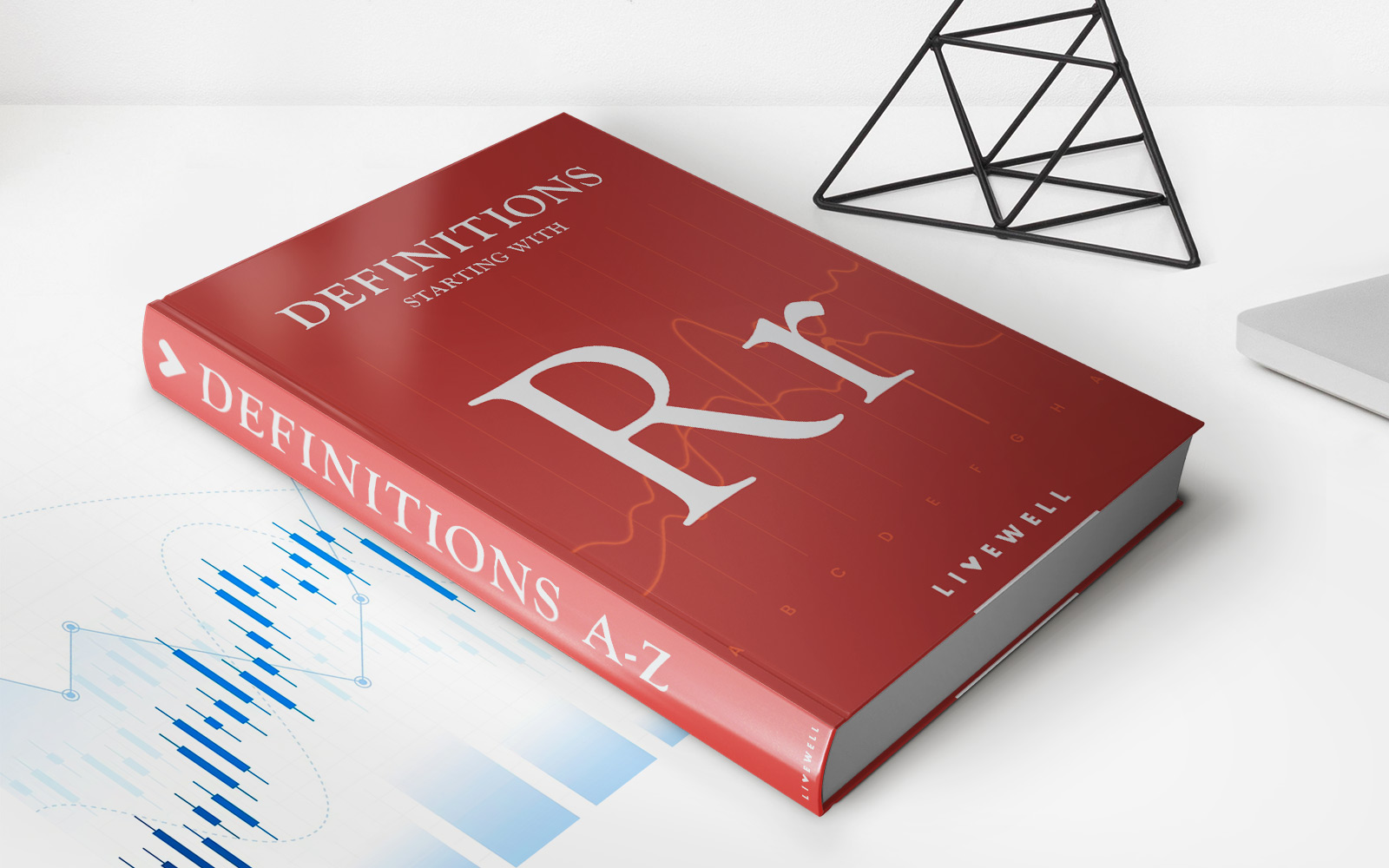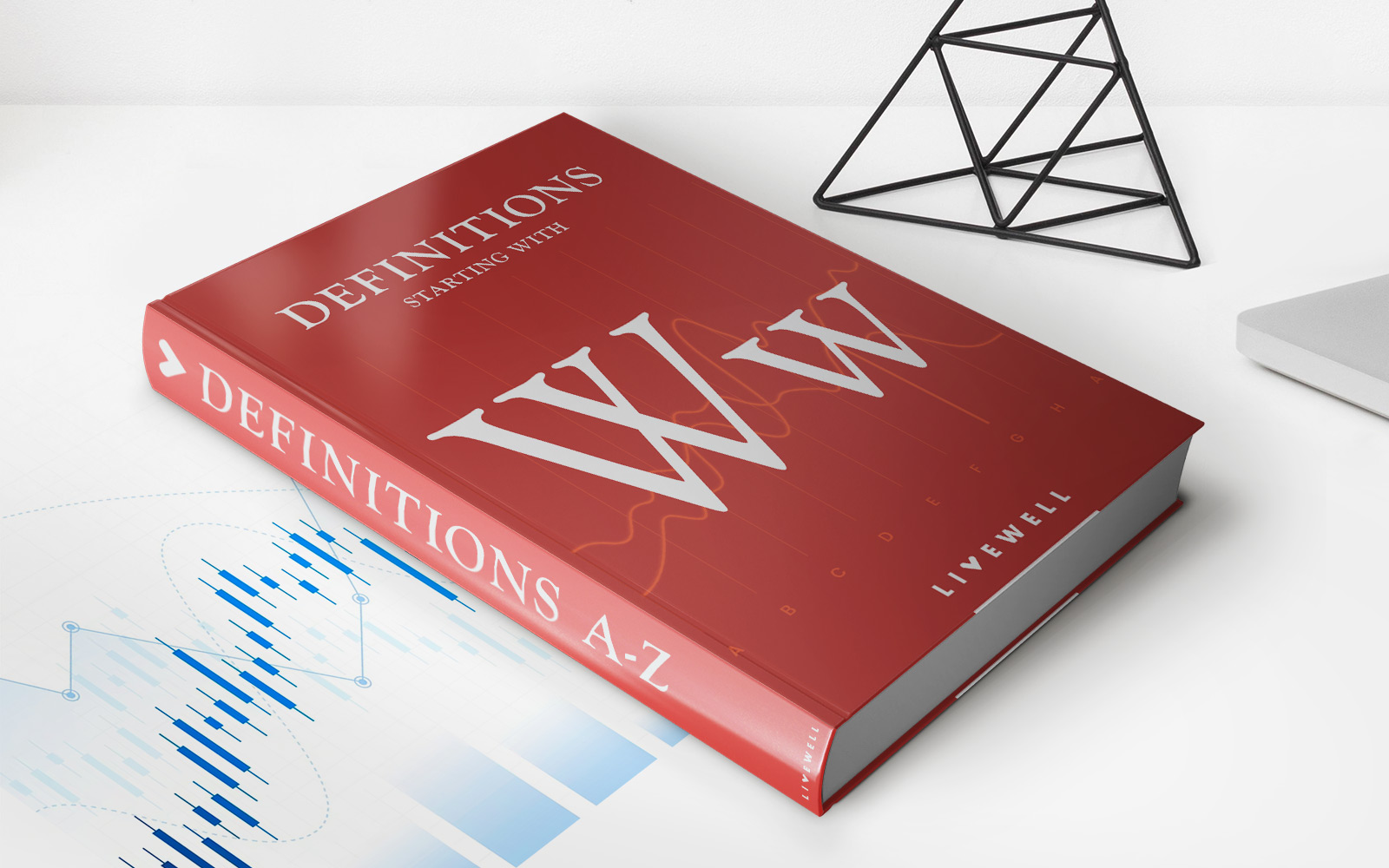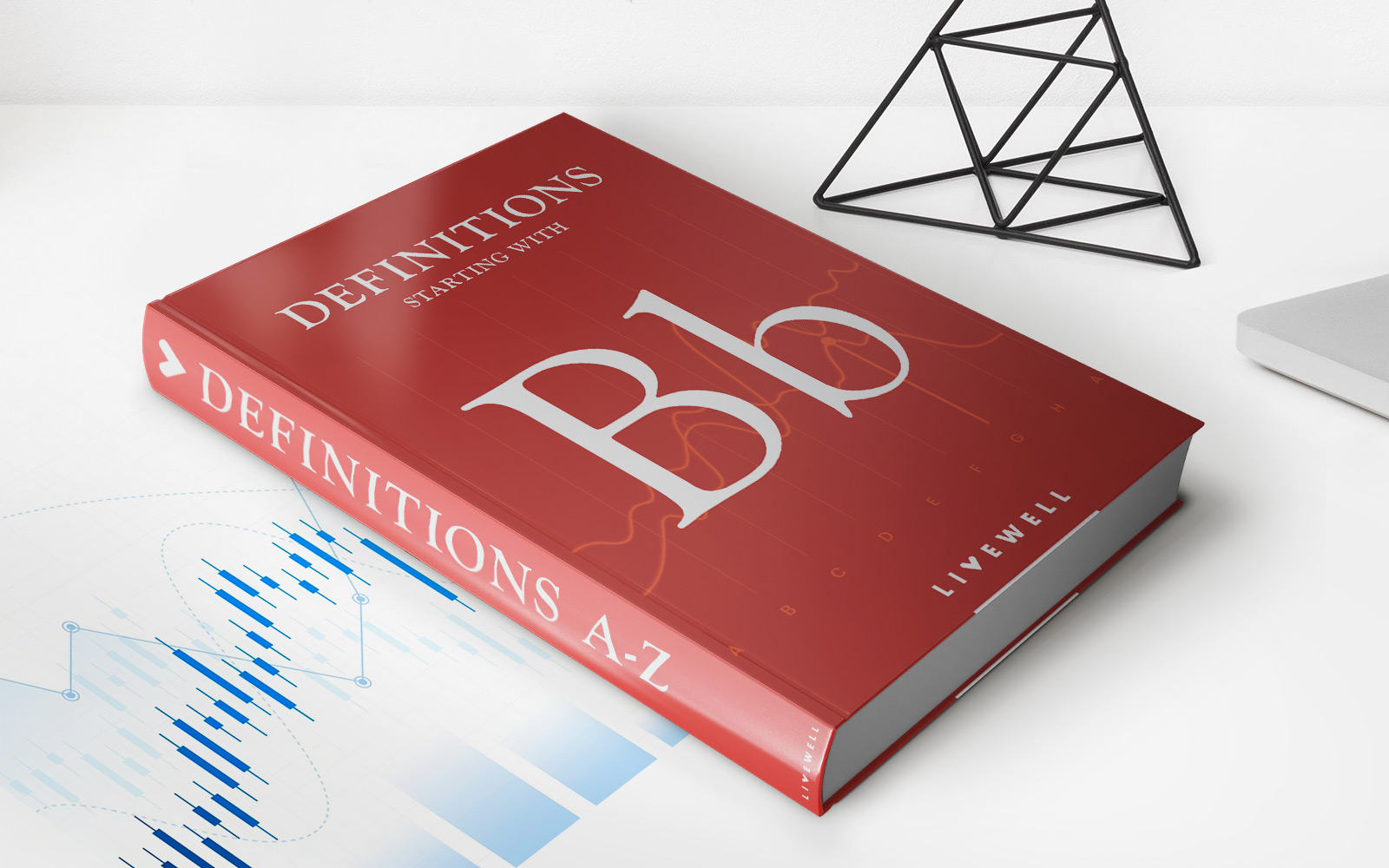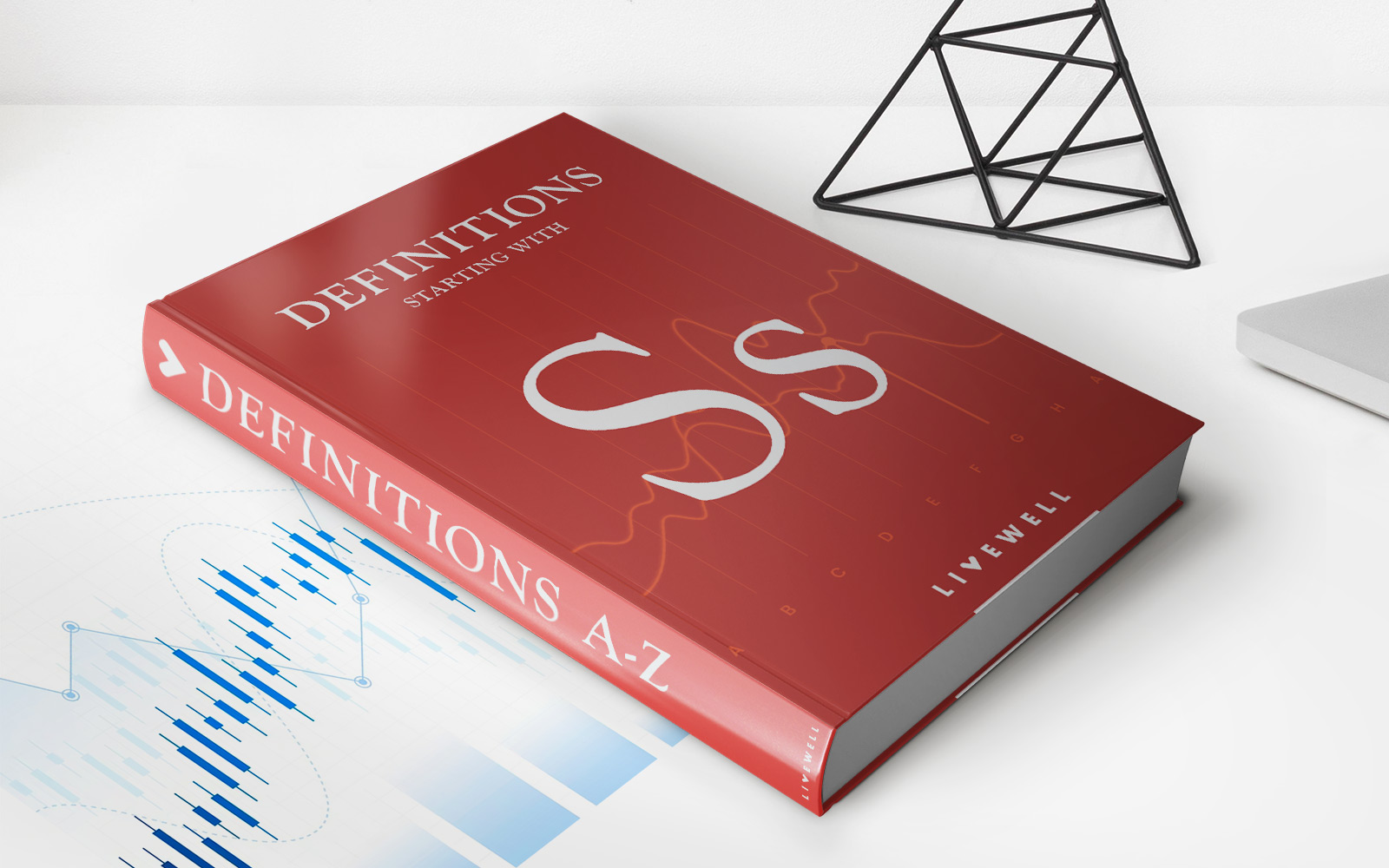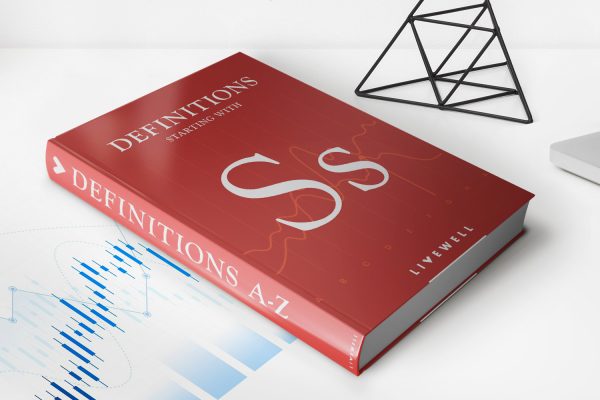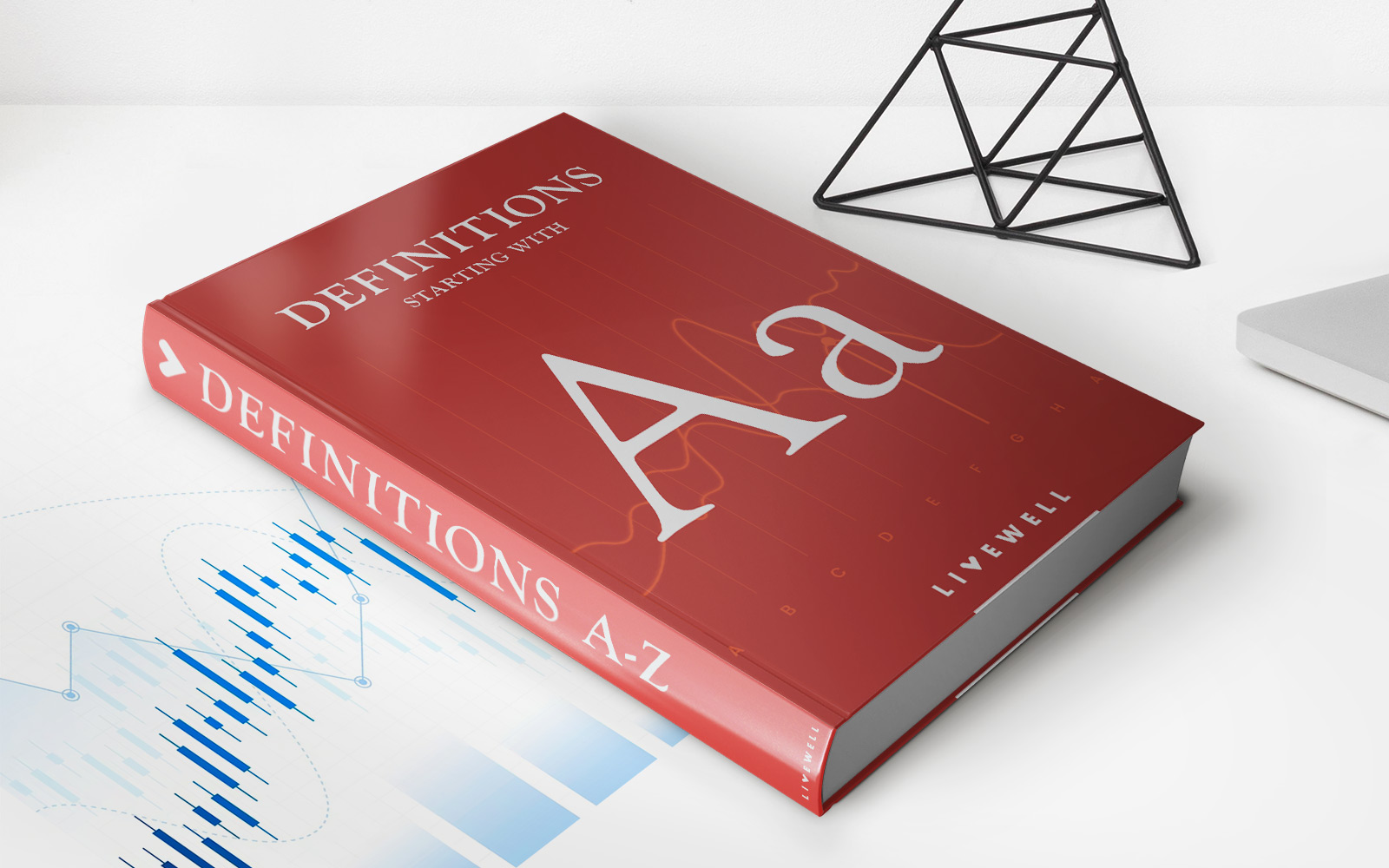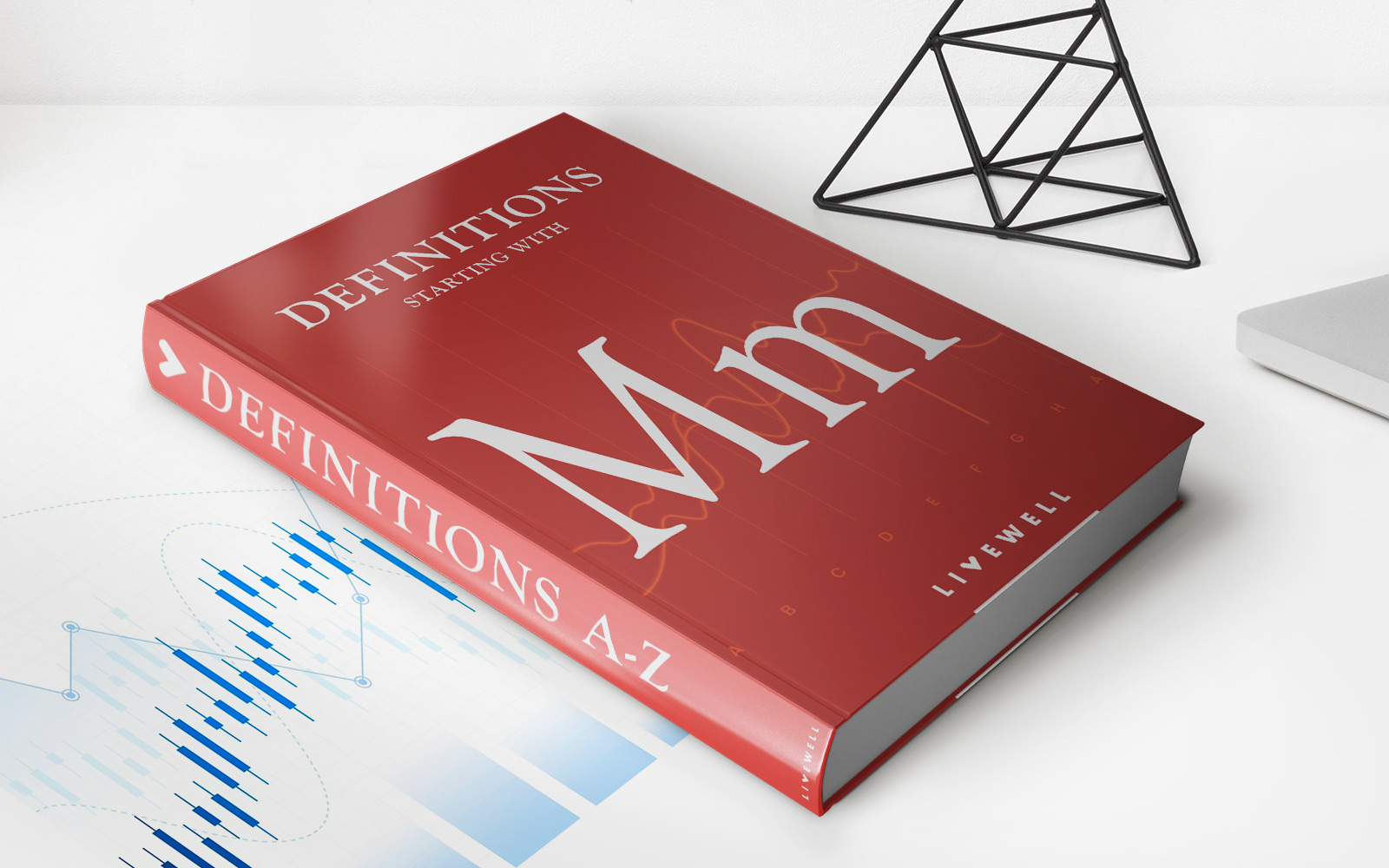Home>Finance>Hyperledger Fabric: Definition, Example, Risks And 2.0 Version
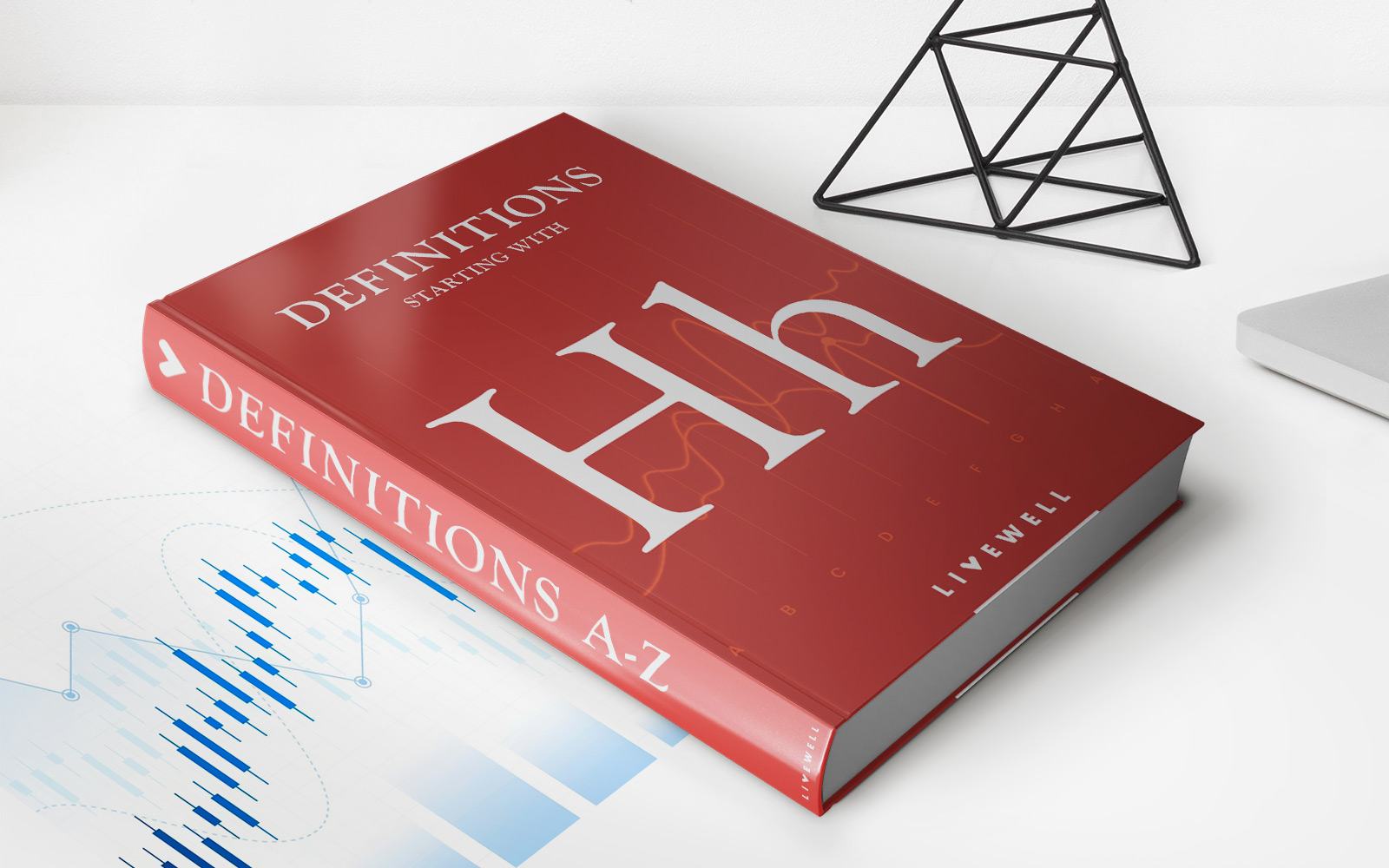

Finance
Hyperledger Fabric: Definition, Example, Risks And 2.0 Version
Published: December 6, 2023
Explore the features and risks of Hyperledger Fabric, including its 2.0 version. Discover real-world examples and how it relates to finance.
(Many of the links in this article redirect to a specific reviewed product. Your purchase of these products through affiliate links helps to generate commission for LiveWell, at no extra cost. Learn more)
Hyperledger Fabric: Definition, Example, Risks, and 2.0 Version
In the world of finance, technology plays a vital role in driving innovation and improving efficiency. One such technological breakthrough is Hyperledger Fabric, a blockchain framework developed by the Linux Foundation. In this blog post, we will delve into the fascinating world of Hyperledger Fabric, its definition, example use cases, risks involved, and the upcoming 2.0 version.
Key Takeaways:
- Hyperledger Fabric is an enterprise-grade distributed ledger technology designed for businesses to collaborate and build blockchain-based applications.
- It offers several advantages over traditional financial systems, including enhanced security, transparency, and scalability.
What is Hyperledger Fabric?
Hyperledger Fabric is a permissioned blockchain framework that provides the infrastructure for creating, managing, and executing smart contracts. It aims to enable businesses to develop and deploy blockchain applications tailored to their specific needs. Unlike public blockchains like Bitcoin and Ethereum, Hyperledger Fabric is designed for enterprise use and offers features such as privacy, confidentiality, and performance.
Hyperledger Fabric utilizes a modular architecture, allowing organizations to customize their blockchain networks according to their requirements. This flexibility enables businesses to define their own governance models, consensus mechanisms, and data privacy policies.
Example Use Cases of Hyperledger Fabric:
Hyperledger Fabric has gained significant traction in various industries, including finance. Here are a few examples of how it is being utilized:
- Supply Chain Management: Hyperledger Fabric can enable seamless tracking and authentication of goods across the entire supply chain, reducing fraud, counterfeit products, and improving transparency.
- Trade Finance: By leveraging Hyperledger Fabric, financial institutions can streamline trade finance processes, including letter of credit, invoice financing, and supply chain financing. This can lead to faster transaction settlements, reduced costs, and increased trust between parties.
- Identity Management: Hyperledger Fabric can enhance identity management systems by providing secure and verifiable digital identities, reducing identity theft and fraud.
Risks Involved:
While Hyperledger Fabric offers numerous benefits, it is essential to consider the potential risks and challenges:
- Complexity: Implementing and managing Hyperledger Fabric networks require a certain level of technical expertise, which may pose challenges for organizations without sufficient knowledge or resources.
- Regulatory Compliance: As blockchain technology evolves, regulations and compliance frameworks may need to be updated to accommodate the unique characteristics of Hyperledger Fabric, presenting potential legal and regulatory challenges.
- Interoperability: Integrating Hyperledger Fabric with existing legacy systems can be cumbersome, requiring careful planning and coordination to ensure smooth integration.
Hyperledger Fabric 2.0 Version:
The upcoming release of Hyperledger Fabric 2.0 represents a significant milestone in the evolution of this blockchain framework. It introduces various enhancements, including improvements in performance, privacy, security, and scalability.
Notable features of Hyperledger Fabric 2.0 include:
- Decentralized governance model for allowing network participants to propose and vote on changes and upgrades.
- Enhanced privacy and confidentiality with the introduction of Private Data Collections, allowing selective sharing of data within a network.
- Improved consensus protocol, enabling faster transaction processing and reduced latency.
- Scalable architecture designed to support larger network sizes and higher transaction volumes.
In conclusion, Hyperledger Fabric is a powerful blockchain framework that holds immense potential in revolutionizing financial systems. With its enterprise-grade features, flexibility, and upcoming 2.0 version, Hyperledger Fabric is poised to drive further innovation and adoption in the finance industry.
